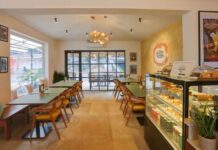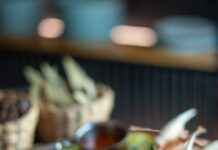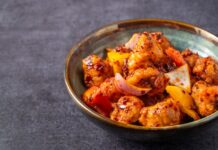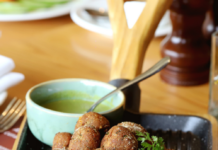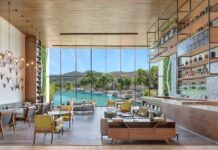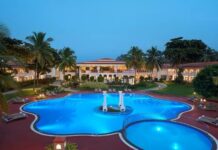
Address : 1/315 Vasco da Gama Square, Church Road, Kochi, Kerala 682001
Contact Person :
Tel No : +91 484 2217181-84
Email : lecolonial@neemranahotels.com
Website : http://le-colonial.neemranahotels.com
Hotel Profile
The building, which houses Le Colonial, was constructed in 1506 at the same time as the St Francis Church – its eminent and historic neighbour. It was the Portuguese Governors’ private residence as opposed to his main office which seems to have been in a building refurbished in the 1950’s style (where Cinnamon is now situated) on a street perpendicular to the Church Road where “Le Colonial” is.
In 1500, the Raja of Cochin had given the land of Fort Cochin to the Portuguese to install a trading post. The great interest of Fort Cochin was its spice market and its important Jewish trading community which had settled there since 500 BC when Nabucodonosor had conquered Jerusalem. The second exodus of Jews came in 1492 when the Reyes Catolicos expelled them – first from Spain and then from Portugal. It is at this early time that the synagogue of Jew Town was built. The House saw respectively Albuquerque, as also Vasco da Gama, who is said to have died here and was buried within the St Francis Church compound, in 1524 AD, where one can still see his tombstone. His body was later transferred to Lisbon only fourteen years later.
St Francis Xavier is said to have lived in the house which has, among other names, also been called the “St Francis Bungalow”. It is believed that there was a secret tunnel leading to the church next door with an underground chapel – but this may well have been born from the imagination of the people!
After 150 years of Portuguese occupation, Fort Cochin fell into the hands of the Dutch when they were at the height of their maritime power:” VOC “the ” Venerable Dutch East India Company” took over. Above the main gate one can see the date of construction – 1506 – and the Dutch addition of “VOC”. The taking of Fort Cochin was a hard battle and the victorious Dutch destroyed practically all the Portuguese buildings with the exception of St Francis church, which became a Calvinist temple. Later it came under the Church of England during the British rule, and when India became independent – the Church of Southern India. A dozen buildings were spared amongst which was “Le Colonial”. It became the property of the Dutch Governors of Cochin until the last governor Jan van Spall sold it in 1795 to the British who had taken over. That is why it was also called “Jan van Spall Huiss”.The original sales deed can be seen framed in the house. During the Dutch occupation, French Admiral Mahé de la Bourdonnais, on his way from Pondichéry to Mahé in North Kerala, spent a night here just as many other travellers must have done while sailing into Fort Cochin.
When the French Revolution took over Holland and turned it into a French province, the British – who were at war with France – became the de facto enemies of Holland. In 1795, Major Petrie and his British East Oriental Company army took over Fort Cochin without much defence from Governor van Spall who, after capitulation, supposedly received Major Petrie as his guest in this very house.
War continued between England and France. The French had the Sultans of Mysore – Hyder Ali and his son Tipu Sultan – as a major ally in India. They were probably the most dangerous enemies of Lord Wellesley, the future duke of Wellington. Tipu Sultan and Napoleon Bonaparte, who was then in Egypt, dreamt of making a junction of their two armies. Tipu, camping before the walls of Fort Cochin, offered to buy the Fort from the Raja of Cochin but was refused under British influence. Tipu Sultan was later defeated and died in his last fight for freedom, and his children taken into custody by the British. The best artistic renderings of this episode can also be seen in the large English etchings at Le Colonial.


